Britain’s AAIB published its final report on the crash of ZeroAvia’s hydrogen test aircraft, which was destroyed last year. So, what happened?
Many see hydrogen, either in fuel cell form or as fuel in a gas turbine, as a long-term solution to decarbonizing aviation. This will take time, as the technology has to prove itself AND reach certification status. Fuel storage requirements are so different from existing aircraft that a purpose-built design should be the best option. However, some companies hope to develop retrofit kits for existing aircraft fleets.
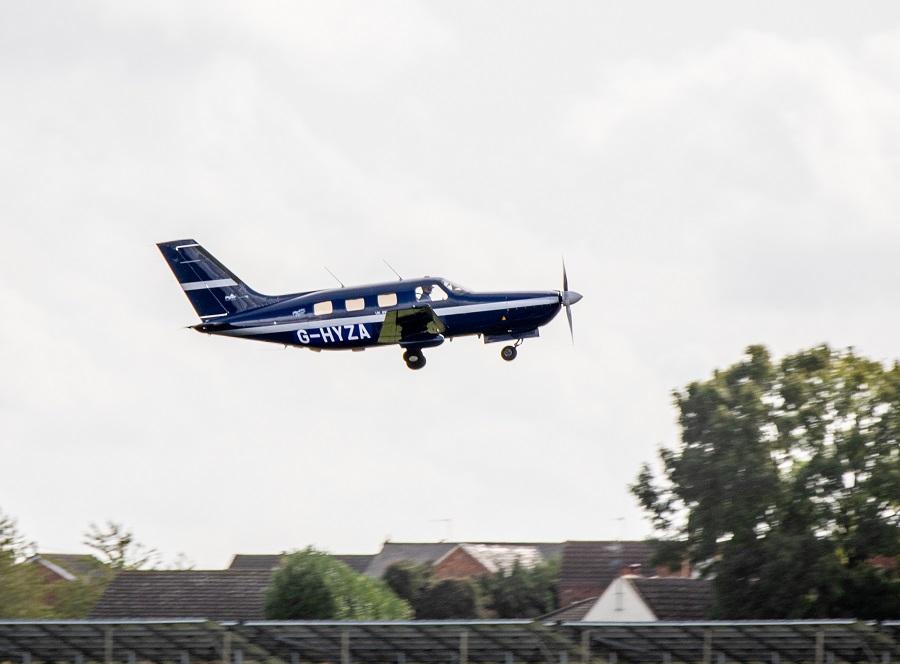
ZeroAvia is one of these companies and has an aggressive development schedule. But development problems with new technologies are common. So perhaps inevitably, we’ve already had a hydrogen aircraft crash. This was ZeroAvia’s first development test bed. The aircraft started life as a Piper PA-46-350P Malibu Mirage. Instead of its turbocharged internal combustion engine, its propulsion system consisted of two motors, driving the same propeller, and a hydrogen fuel cell.
Along with the hydrogen fuel cell, the aircraft had a high-voltage battery – which had a role in this crash landing. Crucially, the test team was data-logging its flights and had a high-definition camera overlooking the instrument panel. So investigators had a lot of good information to draw from, along with the two crew members’ statements. The aircraft had a pilot and a flight test observer, who was the lead engineer for the hydrogen fuel cell.
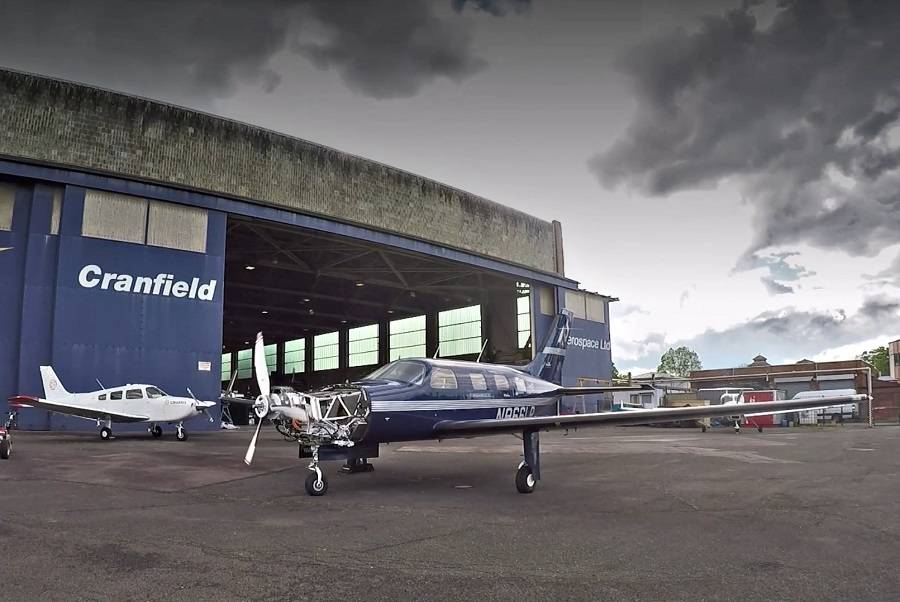
Two Power Sources
The crew had performed another test flight with their hydrogen testbed, before the crash landing of the aircraft. For the accident flight, the crew made their run-up on hydrogen fuel cell (HFC) power only. One of the challenges they had was to keep the temperature of the HFC in a specific range. After the run-up, the pilot switched on the battery. This way the aircraft would have power both from the HFC and the battery, for take-off.
As part of the test, the crew would get to cruise altitude, and then switch to HFC power only. Before the crash, the aim was to test the aircraft with another hydrogen tank. The next step would have been to perform cross-country flights. But at this phase, the aircraft would only fly within a limited range around ZeroAvia’s team, in Cranfield Airport (EGTC). Also, the test flights had to take place when no other aircraft were flying nearby.
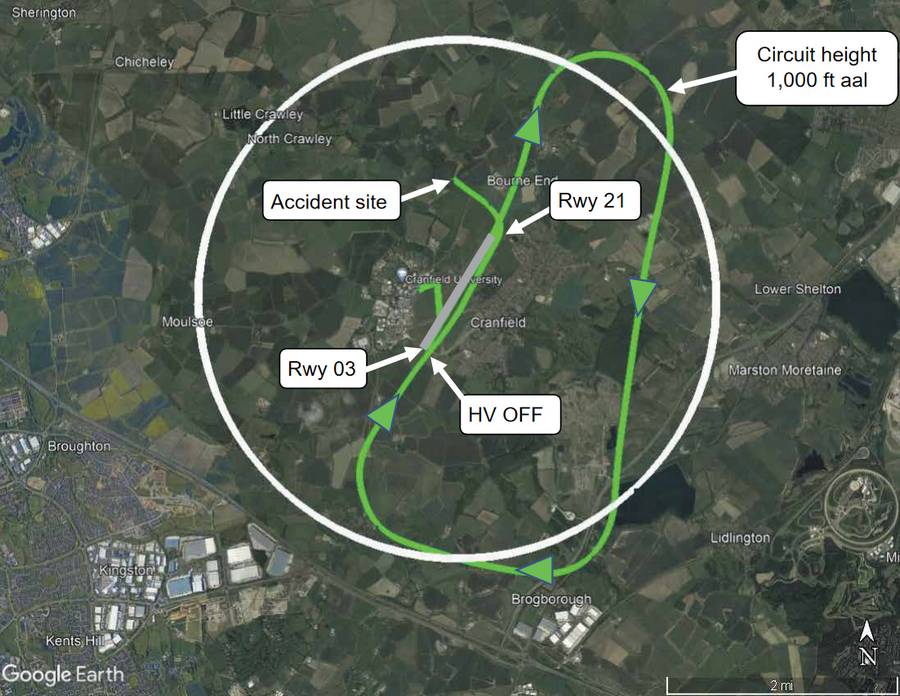
The plan called for the crew to switch off the high-voltage (HV) battery at the end of the downwind leg. This should have allowed them to glide to the runway, in case of trouble. But as the crew managed their systems, they delayed switching off the HV battery until they were over the threshold of the runway, still at pattern altitude.
The above was one factor in the crash landing, another being an electrical surge, as the crew switched the aircraft to hydrogen only. It appears that the two electric motors were momentarily without power. But with the propeller windmilling, the motors now worked as generators, sending a voltage spike (surge) back to the inverters.
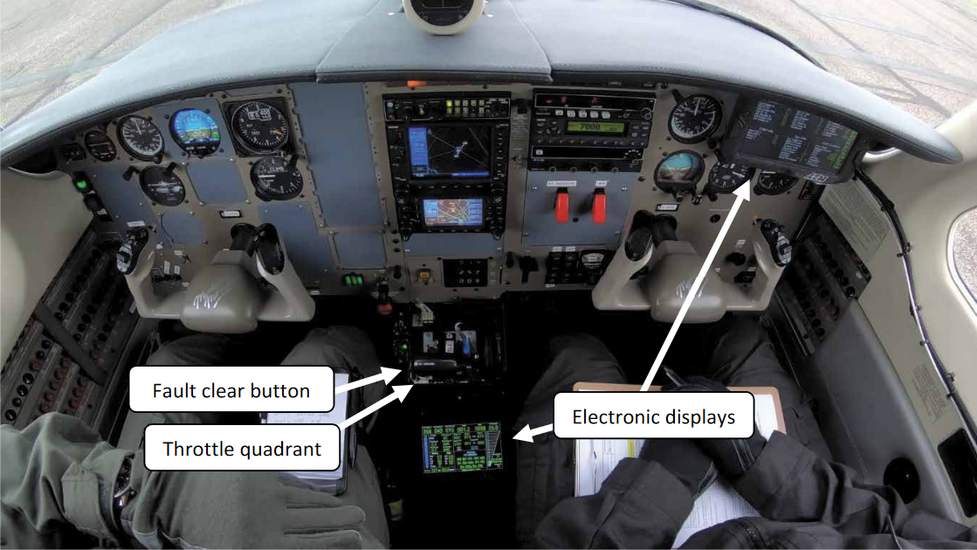
Hydrogen Aircraft Crash Landing – A Systems Lockout?
In order to protect its systems, the aircraft incorporated “lockout” safety mechanisms, to protect the inverters from surges. The spike from the windmilling propeller was high enough to trigger this safety feature. The crew tried multiple ways to reset the systems of the aircraft before the crash, including shutting off the hydrogen fuel cell.
The observer/engineer realized that the voltage remained too high, for the system to reset successfully. After he said so, the pilot said “We have to do something quick”. While they tried resetting their systems again, the aircraft reached the end of the runway, now at 320 feet above ground level.
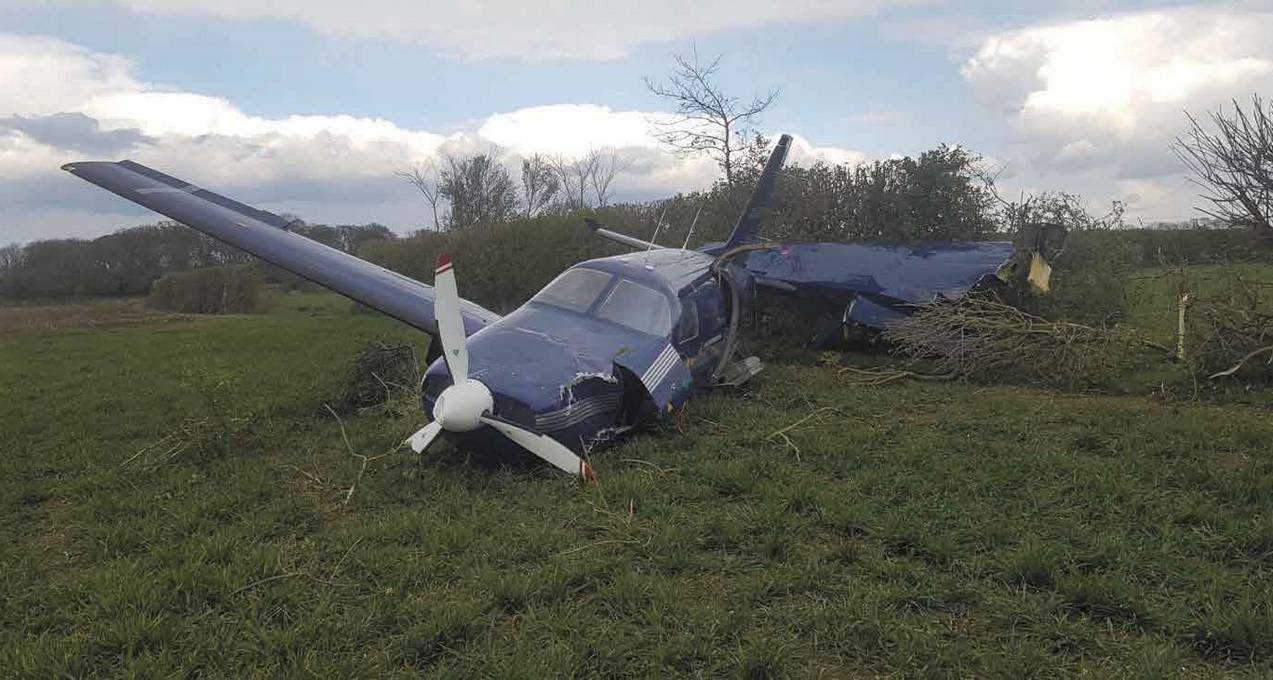
The pilot made a MAYDAY call, and then started a turn to position for a landing. But he immediately recognized that the aircraft was too low. So he turned towards the field where he would crash land the hydrogen test aircraft. With gear and flaps down, the pilot touched down smoothly, about a third of the way down into a grass field. The aircraft was doing 87 knots at touchdown.
But the field simply wasn’t long enough, at approximately 445 metres (1,460 feet). The aircraft went through a hedge, then a ditch, losing its nosewheel and its left wing in the process. The loss of the wing meant that the plane lost its left main gear. Fortunately, the hydrogen fuel cell, the battery and other critical systems of the aircraft did not suffer any damage in the crash. The two occupants had no injuries.

After The Crash – More Hydrogen Aircraft?
The airport fire service got to the accident site quickly. When they did, the observer returned to the aircraft briefly, to vent the hydrogen tank. He also disconnected the battery, making the aircraft safe.
The AAIB’s report goes into extensive detail, analysing the aircraft’s systems, and the test team’s procedures. It determined that the team had not done enough ground testing on the effects of a “back voltage” event from the windmilling propeller. As a result, the procedure to clear the system’s “lock-out” was ineffective.
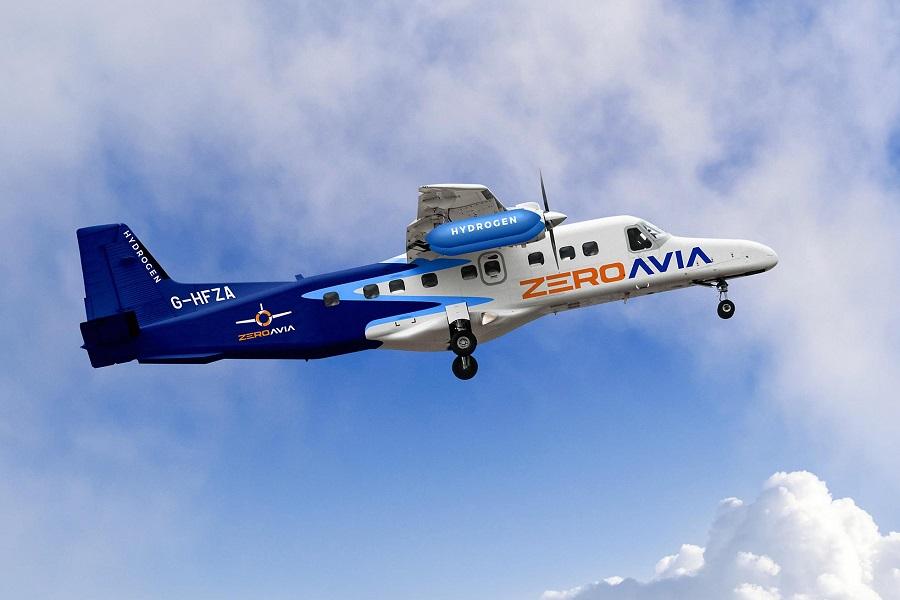
Further, the team had not investigated a previous similar event or reviewed their risk assessment after it. The aircraft’s position during the HV battery shutdown clearly played a key role. Also, COVID-19 restrictions limited the presence of key people in the team, as some parameters of in-flight testing changed.
The crash landing of the hydrogen test aircraft happened on flight 86. Since then, ZeroAvia has switched its attention to bigger test aircraft. Next up is a Dornier 228, while Alaska Airlines has donated one of its Dash-8-400s to the project.




1 comment
B-Frank
Helium cargo blimps. Battery planes. Decarbonizing industries.
Decarbonizing humans.
“This will take time.” 😂
All time.
Unless The Powers That Be
alters ruling physics
of course ☺️…